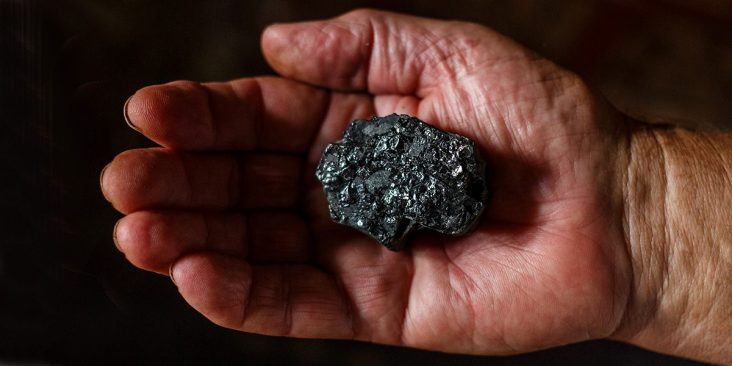Coal consumption, shipments fall for fourth consecutive year
by August 3, 2018 10:30 am 232 views

In 2017, the electric power sector consumed 661 million short tons of coal, the lowest consumption amount since 1983, according to the U.S. Energy Information Administration. Also in 2017, U.S. coal consumption and coal shipments by all modes of transportation declined for the fourth consecutive year. Nearly 70% of coal consumed in the power sector was shipped entirely or partly by rail in 2017, and the remainder was shipped by river barge, truck or other methods.
Between 2008 and 2017, coal consumption in the electric power sector fell 36%, or by 376 million short tons, after coal production reached its highest level in 2008. Over the same period, the amount of coal shipped by rail fell 33% to 432 million short tons but slightly up from 2016.
The percentage of coal shipments by river barge rose to 12% in 2017, from 7% in 2008. A significant amount of coal produced in the Illinois Basin is shipped on the Ohio River and its tributaries. The percentage of coal shipments by truck has fallen to 9% in 2017, from 12% in 2008. The decline coincides with a decrease in Appalachian production that supplied power plants, many of which have closed or reduced their coal consumption, and were short distances from the mines.
The real delivered cost of coal is the commodity plus transportation costs, and between 2008 and 2017, the cost for all transportation modes declined 16%, or by nearly $8 per ton, to less than $40 per ton, according to the EIA. Most of the decline can be attributed to the falling commodity cost. Over the same period, coal transportation costs have declined 4% as truck and river barge costs have decreased 9% and 39%, respectively, and rail shipping costs have risen 3%.
